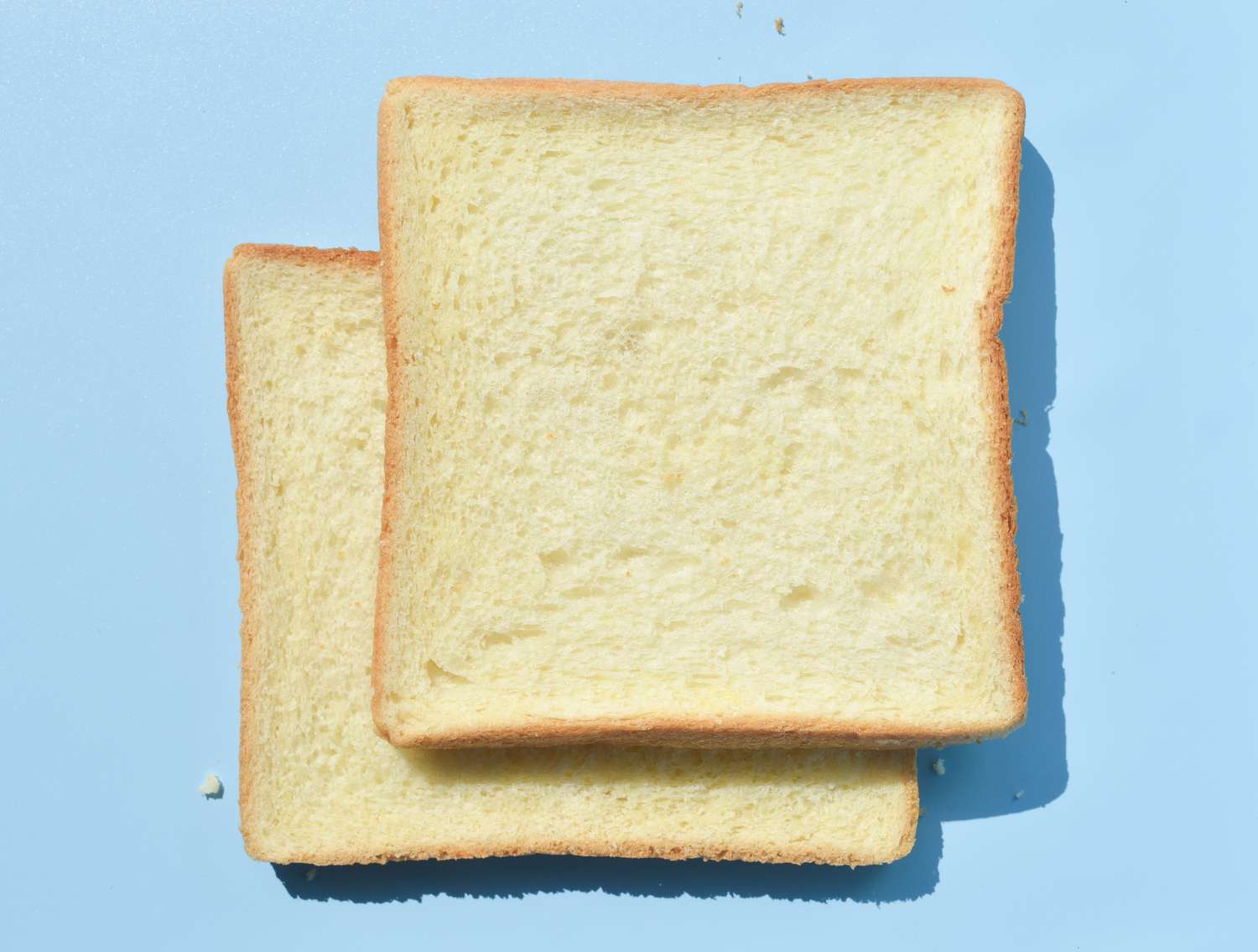
Power Strip Safety Tips Every Homeowner Should Know, According to an Electrician
Key Takeaways
- Don’t overload power strips; always use wall outlets for high-wattage items.
- Unplug or turn off power strips when not in use.
- Buy high-quality power strips with surge protection.
Most household outlets can handle up to two electrical items. This low capacity helps users avoid overloading the circuit but can leave the connected items vulnerable to electrical surges. Plugging in a power strip with surge protection capabilities is an easy way to protect your electronics from these harmful surges. Additionally, lights and other electronics can draw energy even when they aren’t turned on, but if a power strip is used, you can decrease energy consumption by simply turning the power strip off.
The main purpose of power strips is to increase the number of available outlets. This allows you to plug in more items in a single location and makes it easier to organize a space without tangled cords. However, there are limits to what a power strip can handle. Read on to find out how to use a power strip safely and avoid any potential hazards in the future, according to an electrical expert.
Ryan Gregor is the owner and head electrician at RCG Electrical, with over 10 years of hands-on experience in home electrical systems and surge protection.
How to Use a Power Strip Safely
There are several things to know about power strip safety, including the obvious. “Buy quality. Cheap power strips are a hazard. Get UL-listed ones with surge protection and unplug them when not in use. If you don’t need it on, kill the power. Use wall outlets for heavy-duty appliances. Power strips aren’t built for high-draw devices,” Ryan Gregor, owner and head electrician at RCG Electrical, says.
Keep reading to learn more about power strip safety, why they can be dangerous, and what can and cannot be plugged into them.
The Dangers of Power Strips
Power strips are convenient for several reasons but are still electrical devices that can become dangerous when improperly used. “Overloading—that’s the biggest reason they can be dangerous. A power strip isn’t some magical device with countless outlets; it’s simply distributing power from one source. If you plug in too many high-wattage devices, you risk overheating, melting the strip, or even starting a fire. Cheap, low-quality strips increase the risk,” explains Gregor.
Similarly, if a power strip is used with a damaged electrical device or is damaged itself, this can increase the risk of sparks, accidental electrocution, and shocks. Even if you only plug in a couple of items, the power draw can exceed the limit of the power strip and cause it to overload. Additionally, power strips in enclosed spaces, stuffed behind furniture, or buried under a pile of junk can easily overheat.
Items That Are Safe to Be Plugged Into a Power Strip
There’s a wide range of electronic devices that are safe to plug into a power strip. Gregor notes that it’s safe to plug in low-power items like phone chargers, lamps, TVs, computers, and gaming consoles.
Generally, low-wattage items won’t overload the power strip, though they might continue to draw power from the home if the power strip remains on. For this reason, it’s recommended to turn off or unplug the power strip when the connected electronics are not in use. This will help save on your monthly energy bills and reduce the risk of exposing the power strip and the connected electronics to sudden power surges.
Items That Are Not Safe to Be Plugged Into a Power Strip
Just as many devices are safe to plug into a power strip, a wide variety of items should never be used with one. To start, never insert anything that isn’t an electrical plug into a power strip outlet. Foreign objects can cause the power strip to spark, overheat, or even melt the item, depending on the material.
There is also a range of electrical devices that should not be plugged into a power strip. “Never plug high-power household items like space heaters, air conditioners, microwaves, toasters, fridges, freezers, or power tools into a power strip,” says Gregor. Ultimately, if the electronic device is a high-wattage item, it should be plugged directly into a household power outlet instead of using a power strip to avoid problems.
More Tips for Using a Power Strip Safely
Gregor provides several tips to keep in mind when you are using a power strip to avoid potential hazards:
- Know the wattage of what you’re plugging in. If it pulls a lot of power (like a space heater), don’t use a strip.
- Use surge protectors, not just power strips—there’s a difference. Surge protectors help prevent damage from electrical spikes.
- Keep power strips in the open. Power strips stuffed behind furniture or buried under a pile of junk can overheat.
- Check the power strip’s condition. If the cord is frayed, cracked, or loose, it’s time for a new one.
- Never plug multiple power strips or extension cords into one another.










